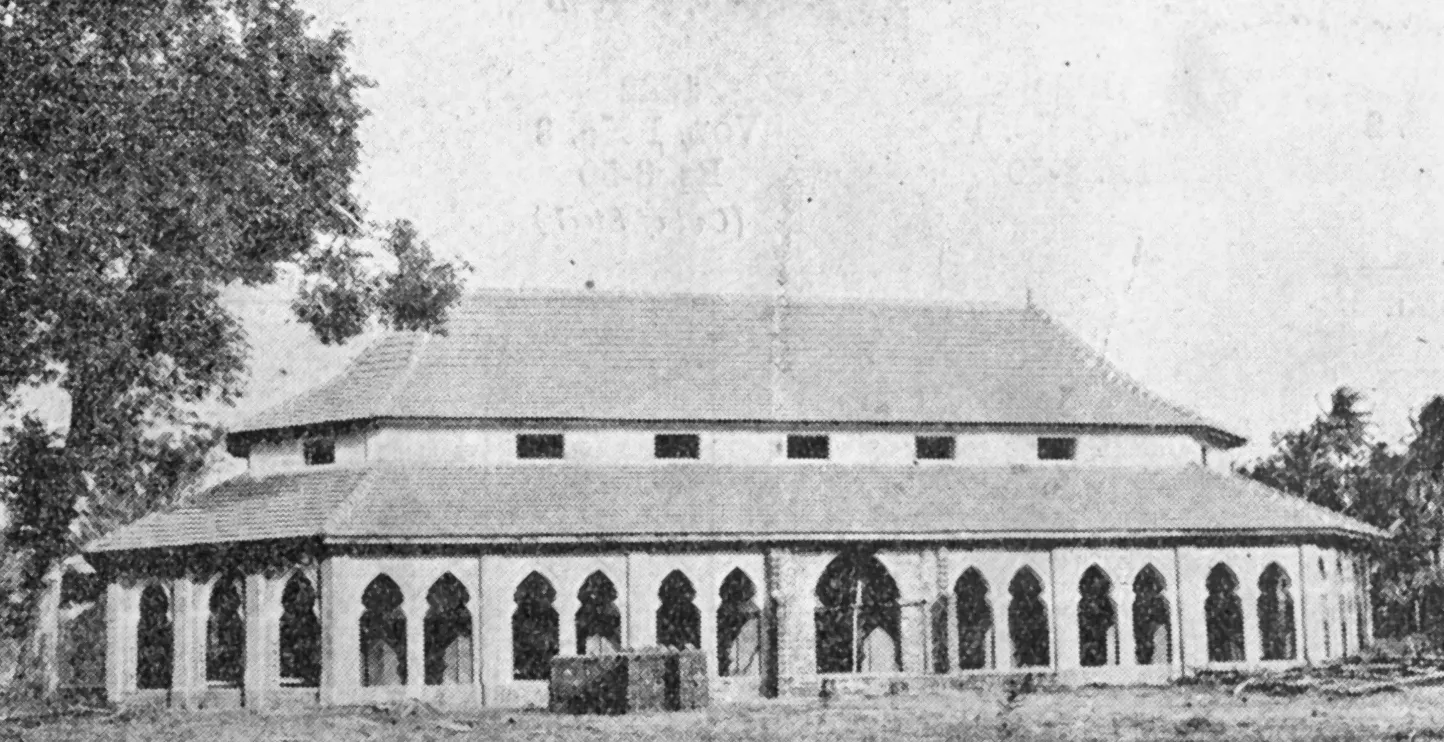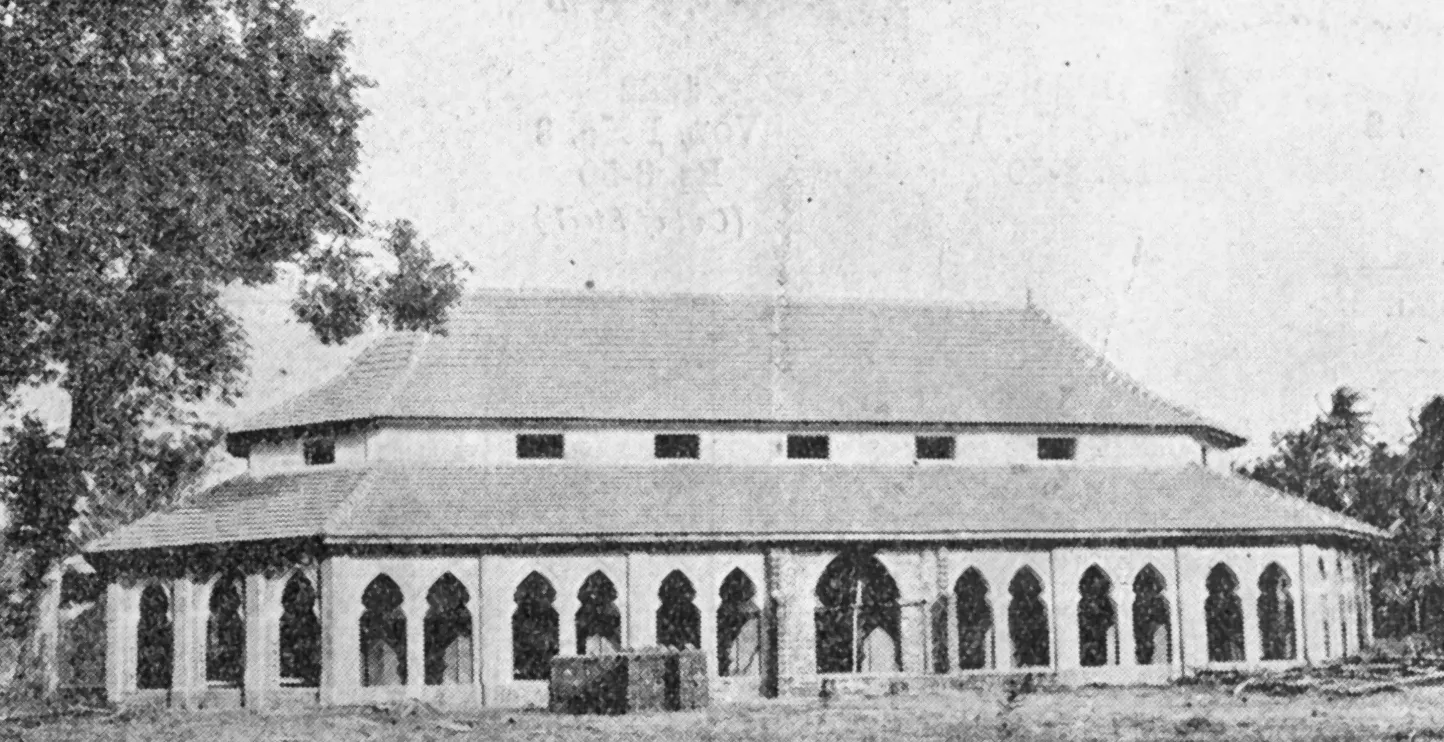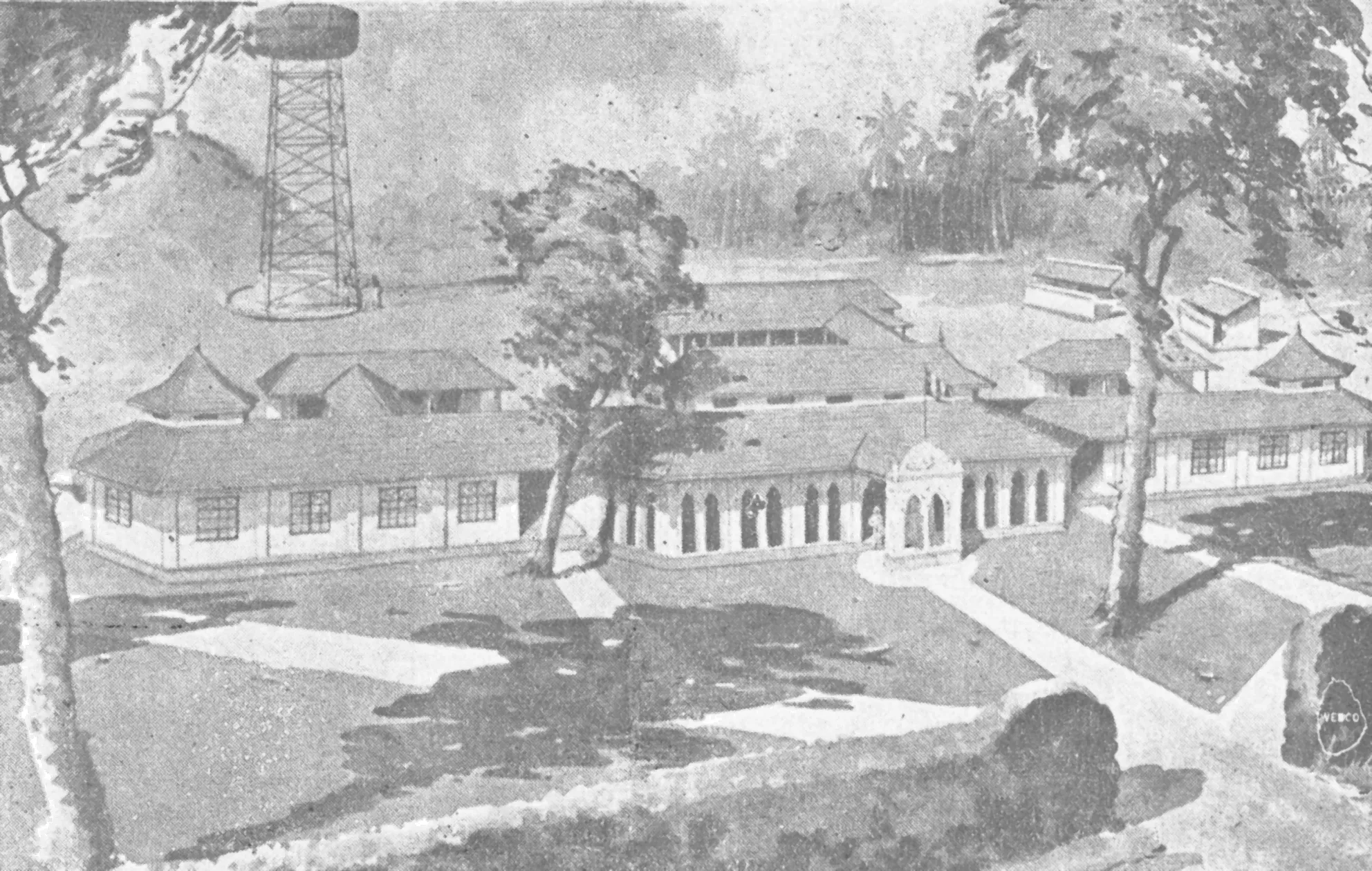
Anuradhapura Culture: Discovering Ancient Traditions
Table of Contents
Anuradhapura Culture
Anuradhapura, one of the ancient capitals of Sri Lanka, offers a profound glimpse into the rich culture and history of the region. This UNESCO World Heritage Site boasts remarkable archaeological landmarks, sacred temples, and a thriving heritage that dates back over 2,000 years. In this article, we delve into the diverse aspects of Anuradhapura culture, including traditional rituals, festivals, and the lasting impact of Buddhism on its society. Whether you are an avid history buff or simply seeking to enrich your travel experience, understanding the intricacies of Anuradhapura’s culture will deepen your appreciation for this captivating destination.
Want to find the best travel deals for this destination? adventure planner system with our adventure planning specialist!
1. Tracing the Roots of Anuradhapura Culture: A Historical Overview

The city of Anuradhapura holds a significant place in Sri Lanka’s history, serving as one of the ancient capitals and a cradle of early civilization. Founded around the 4th century BCE, Anuradhapura is rich in archaeological remnants. Its culture emerged from a blend of indigenous practices and influences from trade with other civilizations.
Over the centuries, Anuradhapura became a cultural center, with the establishment of enormous stupas and temples that reflected its spiritual priorities. Additionally, the ancient city showcases remarkable feats of engineering, particularly in its water management systems. This historical overview provides a glimpse into how Anuradhapura culture has evolved, shaping the identity of Sri Lanka through its deep-rooted traditions.
2. Exploring the Sacred Sites of Anuradhapura: Temples and Stupas

When visiting Anuradhapura, exploring its sacred sites is absolutely essential. The city is dotted with impressive temples and stupas that exemplify its rich cultural heritage. The **Sri Maha Bodhi** tree, believed to be a sapling from the tree under which Buddha attained enlightenment, is a must-visit, revered by Buddhists globally.
Furthermore, the magnificent **Ruwanwelisaya** stupa, with its towering structure, offers a glimpse into the architectural brilliance of ancient Sri Lanka. Each sacred site tells a tale of devotion and cultural significance, and as such, visiting these sites allows one to understand the deep connection between the Anuradhapura Culture and spirituality.
3. Traditional Festivals in Anuradhapura: Celebrations of Faith and Community

In Anuradhapura, traditional festivals are vibrant celebrations filled with faith and community spirit. The **Esala Perahera**, which honors the Sacred Tooth Relic of Buddha, is a spectacular event showcasing traditional drumming, dancers, and the majestic parade of caparisoned elephants. Such festivals are not just events; they reflect the essence of Anuradhapura culture.
Additionally, local harvest festivals like Navam Perahera foster a sense of community and gratitude among residents. These celebrations provide insight into how deeply rooted traditions foster unity and reflect the cultural identity of Anuradhapura. Thus, attending a festival can offer a unique opportunity to engage with the local populace.
4. The Influence of Buddhism on Anuradhapura Culture

The influence of Buddhism on Anuradhapura culture is profound and far-reaching. Established as a significant religious and cultural hub, Anuradhapura played a pivotal role in the spread of Buddhism across Sri Lanka and other regions. This city, once the capital of ancient Sri Lanka, is home to some of the oldest and most revered Buddhist sites.
For example, the sacred Sri Maha Bodhi, a fig tree believed to be a sapling from the original tree under which the Buddha attained enlightenment, is a major pilgrimage destination. Additionally, the numerous temples and stupas scattered throughout Anuradhapura showcase both architectural beauty and spiritual significance.
Moreover, the traditions and daily lives of the locals are deeply intertwined with Buddhist practices. Festivals, rituals, and community gatherings often revolve around Buddhist teachings, enhancing the city’s cultural fabric. Ultimately, Buddhism is not just a religion here; it is a way of life that shapes the identity of Anuradhapura.
5. The Ancient Water Management Systems: A Testament to Developments in Anuradhapura

The ancient water management systems of Anuradhapura are a remarkable testament to the engineering prowess of early Sri Lankan civilizations. These systems were crucial for agriculture and sustaining the population. They cleverly integrated a network of tanks, reservoirs, and canals to harness the seasonal monsoon rains.
Notably, the expansive Basawakkulama tank and the Jayasriya tank reflect sophisticated hydraulic engineering. These structures not only managed water efficiently but also supported rice cultivation, which was the backbone of Anuradhapura’s economy.
Today, visitors can appreciate how these ancient designs continue to influence modern water management practices. Furthermore, they symbolize the ingenuity of a culture that thrived in harmony with nature. The preservation and understanding of these systems are vital for grasping the breadth of Anuradhapura culture.
6. Engaging with Local Artisans: Craftsmanship in Anuradhapura
Engaging with local artisans in Anuradhapura offers a unique insight into the region’s vibrant craftsmanship. The skillful creation of traditional handicrafts showcases the rich cultural heritage of this ancient city. From intricate wood carvings to beautifully woven textiles, artisans draw upon techniques passed down through generations.
To truly appreciate this art, head to local markets where artisans display their work. Here, you can observe the meticulous process of creation and even buy unique souvenirs that support the local economy. Furthermore, workshops are often available for those interested in learning about these crafts, providing a hands-on experience.
In addition, engaging with craftsmen fosters a deeper connection with Anuradhapura culture and supports the preservation of these traditional practices.
7. Culinary Delights: Traditional Dishes of Anuradhapura
The Anuradhapura culture is richly reflected in its culinary traditions, making it a delightful destination for food enthusiasts. Local cuisine features an array of flavors, colors, and textures. One cannot visit Anuradhapura without trying kottu rotti, a popular street food that consists of chopped rotti mixed with vegetables, egg, and spices. Rice and curry is another staple, often accompanied by various amba (mango), pol sambol (coconut sambal), and lunu miris (spicy condiment).
Additionally, traditional sweets such as kiribath (milk rice) are often served during festive occasions. Visitors are encouraged to explore local markets to savor these culinary delights and truly immerse themselves in the local food culture, which plays a significant role in the community’s social life.
8. Pilgrimages to Anuradhapura: A Journey for Spiritual Seekers
Recommendation: Don't miss out on amazing Anuradhapura tours - book now!
Anuradhapura, a city steeped in spiritual significance, attracts numerous pilgrims yearly. The sacred sites add to the city’s charm, allowing visitors to experience the Anuradhapura culture at a deeper level. For instance, the Sacred Bodhi Tree, a cutting from the tree under which Buddha attained enlightenment, is a pivotal pilgrimage destination.
Furthermore, pilgrims often visit the Ruwanwelisaya Stupa, one of the most ancient and significant monuments in Sri Lanka. As you walk among these spiritual Landmarks, the peaceful ambiance provides a profound sense of serenity. Ultimately, these pilgrimages are not just journeys of faith; they are also explorations of cultural identity.
9. The Role of Anuradhapura in Sri Lankan History: A Cultural Hub
As one of the ancient capitals of Sri Lanka, Anuradhapura has played a pivotal role in shaping the Anuradhapura culture and the country as a whole. Established in the 4th century BC, it served as the center of political and religious Activities, effectively influencing the cultural landscape of the nation.
Moreover, the city’s archaeological sites tell tales of rich history, showcasing remarkable architecture and engineering that date back thousands of years. Notably, the Jetavanaramaya, once among the tallest stupas in the world, stands as a testament to the exquisite craftsmanship of the era. Anuradhapura not only serves as a cultural hub but also nourishes the nation’s identity through its storied past and vibrant present. Exploring this extraordinary city allows visitors to connect with the essence of Sri Lanka’s heritage.
10. Folklore and Legends: The Mystical Stories of Anuradhapura
The rich tapestry of Anuradhapura culture is intricately woven with folklore and legends that have been passed down through generations. These ancient tales not only provide insight into the values and beliefs of the community, but also reflect the profound connection between the people and their historical landscape. For instance, one popular legend speaks of the Samadhi Buddha statue, believed to embody the spirit of wisdom, drawing many pilgrims and tourists to it.
Moreover, the stories often revolve around key historical figures and splendorous events that shaped Anuradhapura. In addition to inspiring awe, these narratives serve as an important educational tool, teaching about virtue and morality. As such, they play a pivotal role in maintaining the cultural identity of the locals. Visitors are encouraged to immerse themselves in these stories, as they provide a captivating lens through which to appreciate the depth of Anuradhapura’s heritage.
11. Engaging with the Local Community: Festivals and Daily Life in Anuradhapura
In Anuradhapura, community life is vibrant, particularly during festivals that reflect the essence of Anuradhapura culture. Notably, Events like the Vasak festival bring locals together to celebrate and uphold their customs. During this time, streets come alive with music, dance, and colorful processions, allowing visitors to witness the fervor and enthusiasm of the people.
Moreover, daily life in Anuradhapura is interwoven with traditional practices that are both fascinating and educational. Engaging with local communities through workshops can provide deeper insights into their crafts and culinary practices. Ultimately, these interactions not only enrich visitors’ experiences but also foster a sense of appreciation for the enduring traditions that continue to thrive in this ancient city.
12. Preserving Anuradhapura Culture: Efforts and Challenges
Efforts to preserve the unique Anuradhapura culture are crucial in the face of modern challenges. Despite the initiatives in place, such as community-based preservation programs, there are continual threats that risk diluting the area’s heritage. For instance, urbanization poses a significant challenge as modern development encroaches upon historical sites.
Nonetheless, local communities and government bodies are working tirelessly to safeguard cultural practices. Workshops aimed at the youth educate them about their cultural heritage, thereby fostering pride and continuity. Furthermore, conservation efforts for ancient temples and artifacts are ongoing, ensuring that future generations can appreciate Anuradhapura’s rich history. In conclusion, while there are hurdles to overcome, the commitment to preserving Anuradhapura’s culture remains steadfast, highlighting its irreplaceable value to Sri Lanka’s historical narrative.
13. Upcoming Cultural Events: What to Look Forward to in Anuradhapura
When visiting Anuradhapura, you’ll be thrilled to discover a calendar brimming with upcoming cultural Events. These Events not only celebrate the rich Anuradhapura culture but also offer a unique opportunity to engage with local traditions and communities. Notably, the Poson Poya Festival, typically in June, celebrates the arrival of Buddhism to Sri Lanka and features vibrant processions and ritual ceremonies.
Additionally, the Jaya Sri Maha Bodhi Pooja, dedicated to the sacred fig tree, is another significant event. This takes place monthly and brings together devotees from across the country. In December, don’t miss the Ruwanwelisaya Esala Perahera, a spectacular parade featuring traditional dancers, drummers, and beautifully decorated elephants.
Attending these events provides a deeper understanding of the local culture and fosters connections with the Anuradhapura community.
14. Practical Tips for Experiencing Anuradhapura Culture
Experiencing Anuradhapura culture truly involves engaging with both its historical significance and modern-day practices. To make the most of your visit, consider the following practical tips. First, ensure you dress respectfully, especially when visiting sacred sites. Lightweight, modest clothing is essential. Second, familiarize yourself with local customs, as this will enhance your cultural experience.
Furthermore, participating in guided tours can provide valuable insight into Anuradhapura’s rich history. These tours often include visits to ancient stupas, temples, and the famed water management systems, which showcase the ingenuity of past civilizations. Finally, take the time to interact with local artisans and sample traditional dishes, as these interactions deepen your understanding of Anuradhapura culture.
Always keep an open mind and heart; it is the best way to truly appreciate the rich cultural tapestry of Anuradhapura.
Exploring Anuradhapura culture unveils layers of history, tradition, and spirituality that define this ancient city. From its sacred monuments and colorful festivals to its rich culinary heritage, Anuradhapura offers a unique insight into the past and present of Sri Lanka. Whether you’re planning a visit or simply intrigued by its stories, Anuradhapura invites you to experience its cultural wonders firsthand. What aspect of Anuradhapura culture fascinates you the most? Join the conversation in the comments below and share your thoughts!